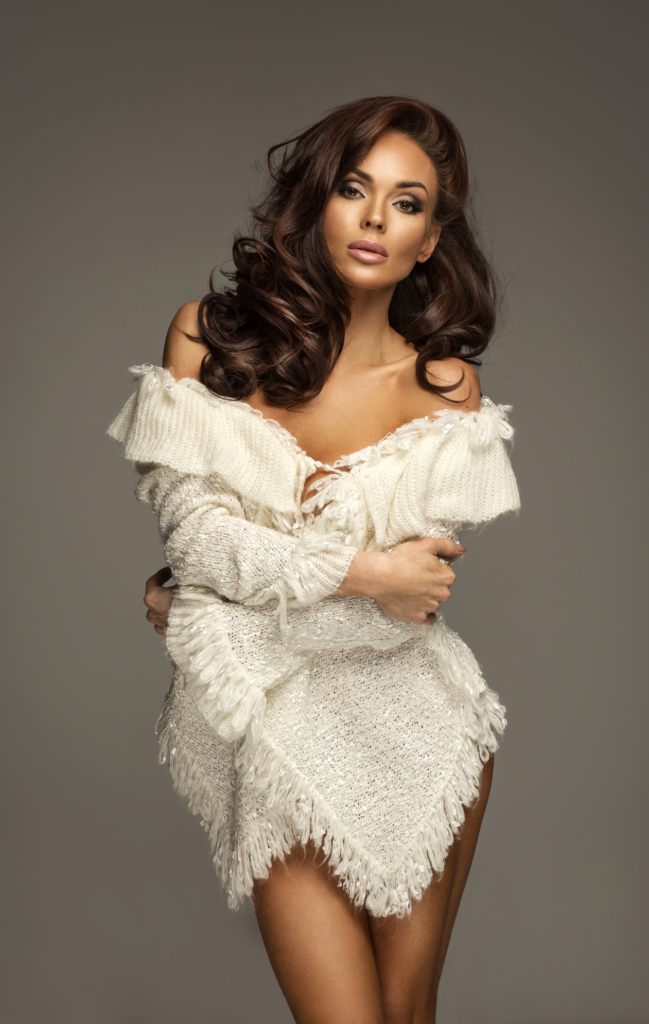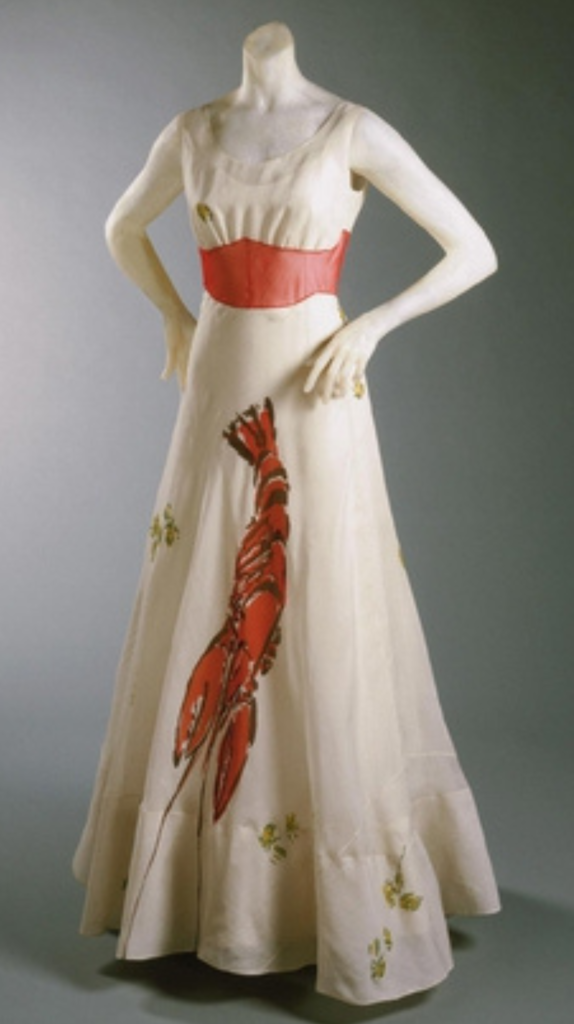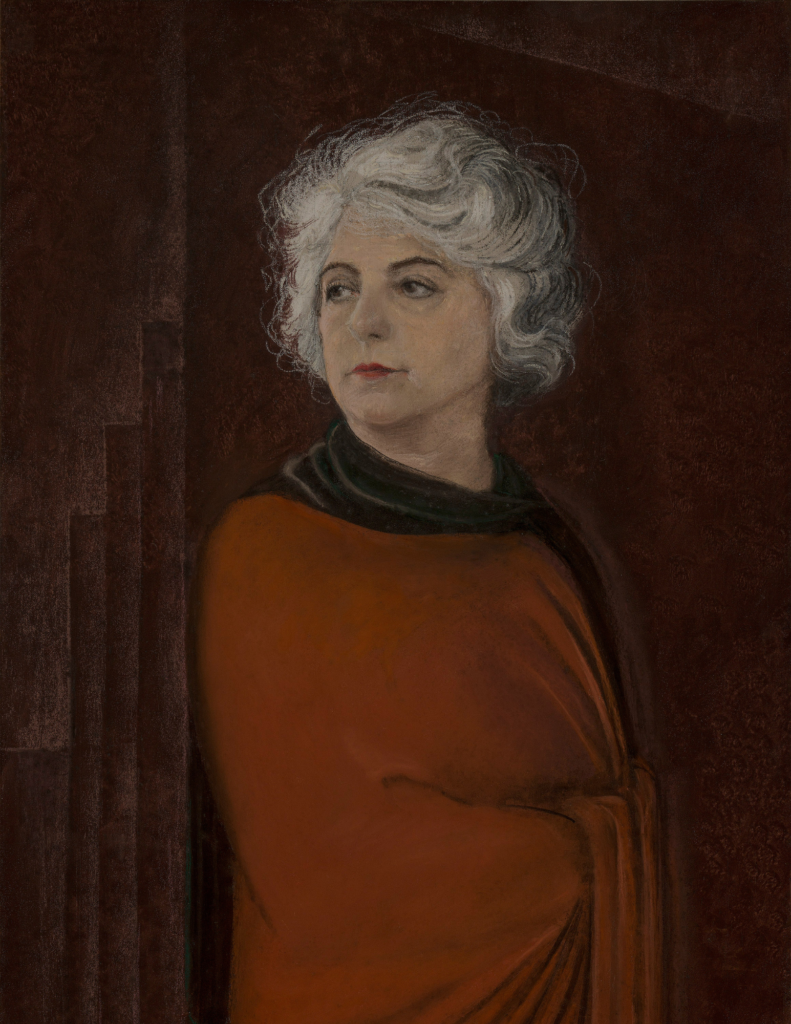By Belinda Jane

In the annals of fashion history, there are luminaries whose names are etched in the fabric of time. These women, visionaries ahead of their time, not only shaped the course of fashion but also paved the way for future generations of designers and entrepreneurs.

Gabrielle “Coco” Chanel, often hailed as one of the most influential figures in 20th-century fashion, revolutionized women’s clothing with her timeless designs. Rejecting the restrictive corsets and embellished gowns of her era, Chanel championed simplicity, elegance, and functionality. Her iconic little black dress, quilted handbags, and tweed suits became synonymous with modernity and sophistication, forever changing the landscape of fashion.
Elsa Schiaparelli, the irreverent Italian designer known for her bold and surreal creations, challenged conventions with her avant-garde aesthetic. From her iconic lobster dress to her collaboration with Salvador Dalí on whimsical designs, Schiaparelli pushed the boundaries of fashion, blurring the lines between art and couture. Her fearless approach to design continues to inspire creatives to this day.

Madeleine Vionnet
Madeleine Vionnet, often referred to as the “architect of fashion,” pioneered revolutionary techniques in draping and bias-cutting that transformed the way garments fit and flowed on the body. With her masterful craftsmanship and attention to detail, Vionnet created garments that celebrated the natural curves of women, rejecting the rigid structures of traditional tailoring. Her innovative approach to design earned her a place among the pantheon of fashion greats.


Jeanne Lanvin, the visionary French designer who founded one of the oldest surviving fashion houses, left an indelible mark on the world of fashion with her romantic and feminine creations. Lanvin’s intricate embroideries, delicate fabrics, and meticulous attention to detail captured the hearts of women around the world, solidifying her legacy as a pioneer of modern luxury fashion.

These women, and many others like them, were trailblazers in an industry dominated by men. Through their creativity, resilience, and determination, they shattered glass ceilings and paved the way for future generations of female designers and entrepreneurs. Their legacies serve as a reminder of the power of fashion to empower, inspire, and uplift women from all walks of life.
Before the era of fast fashion, craftsmanship and quality reigned supreme. Garments were meticulously crafted by skilled artisans, often using natural fibers such as cotton, wool, and silk. Each piece was a labor of love, designed to withstand the test of time both in terms of durability and style. Women were discerning consumers, investing in pieces that would serve them for years to come rather than fleeting trends that would fade with the seasons.
The shift towards mass-produced, fast fashion marked a seismic change in the industry. Overseas manufacturing hubs churned out clothing at breakneck speed, flooding the market with cheap, disposable garments. While this offered affordability and accessibility to consumers, it came at a steep cost to both people and planet.
The fast fashion revolution brought with it a host of environmental and ethical issues. Pollution from manufacturing processes poisoned waterways and polluted the air, while the overuse of water and reliance on synthetic fibers exacerbated the strain on our planet’s resources. The rise of fast fashion also saw an alarming increase in the exploitation of garment workers, with many subjected to unsafe working conditions and unfair wages.
As awareness of these issues grows, so too does the call for change. Now, more than ever, there is a need to return to the ‘old ways’ of prioritizing quality over quantity in fashion. Investing in well-made garments crafted from natural fibers not only ensures longevity and versatility but also benefits both our health and the health of the planet.
Natural fibers such as organic cotton, linen, and wool offer numerous advantages over their synthetic counterparts. Not only are they biodegradable, reducing the burden on landfills, but they also require less energy and water to produce. Additionally, natural fibers are breathable and hypoallergenic, making them gentle on the skin and reducing the risk of allergic reactions.
By prioritizing quality over quantity, we can reduce our environmental footprint and support ethical practices within the fashion industry. Choosing garments that are built to last not only reduces the need for constant consumption but also allows us to reconnect with the stories woven into each piece. Fashion becomes more than just a fleeting trend – it becomes a statement of values and a commitment to a more sustainable future.

As we navigate the complexities of an ever-changing world, let us remember the lessons of the past and strive for a future where fashion is both beautiful and ethical. By embracing quality over quantity, we can weave a more sustainable and equitable world for generations to come.





